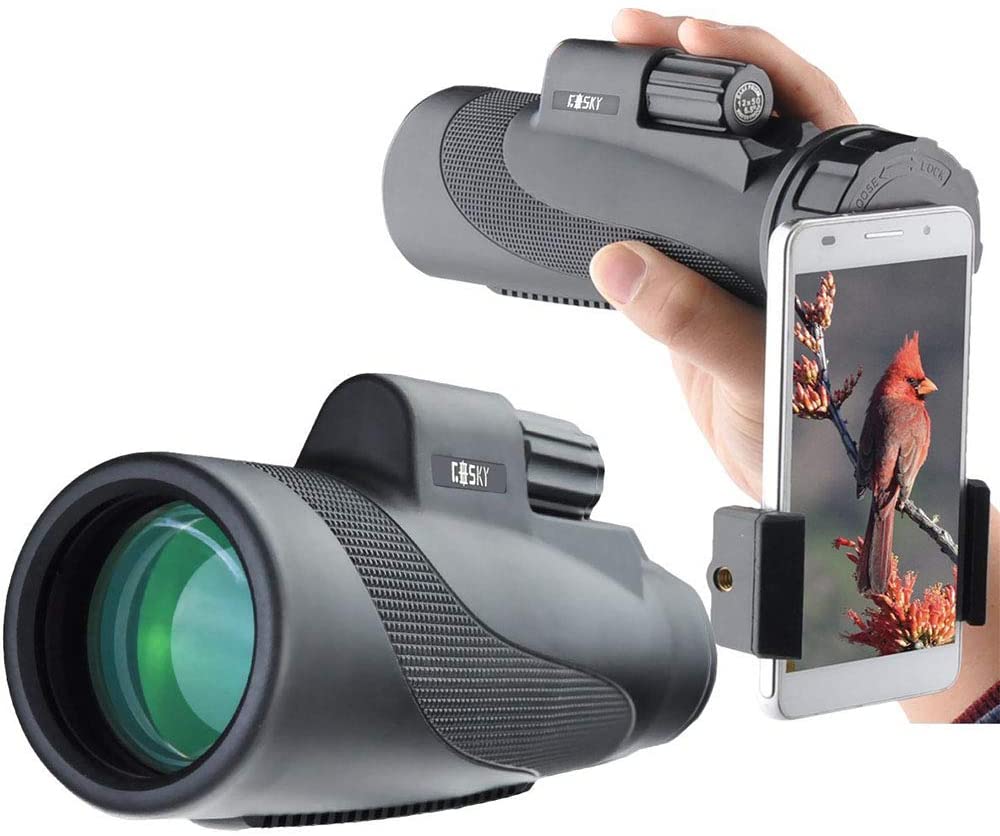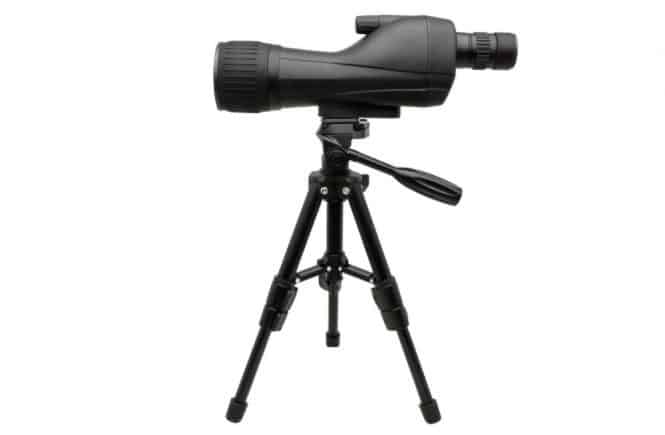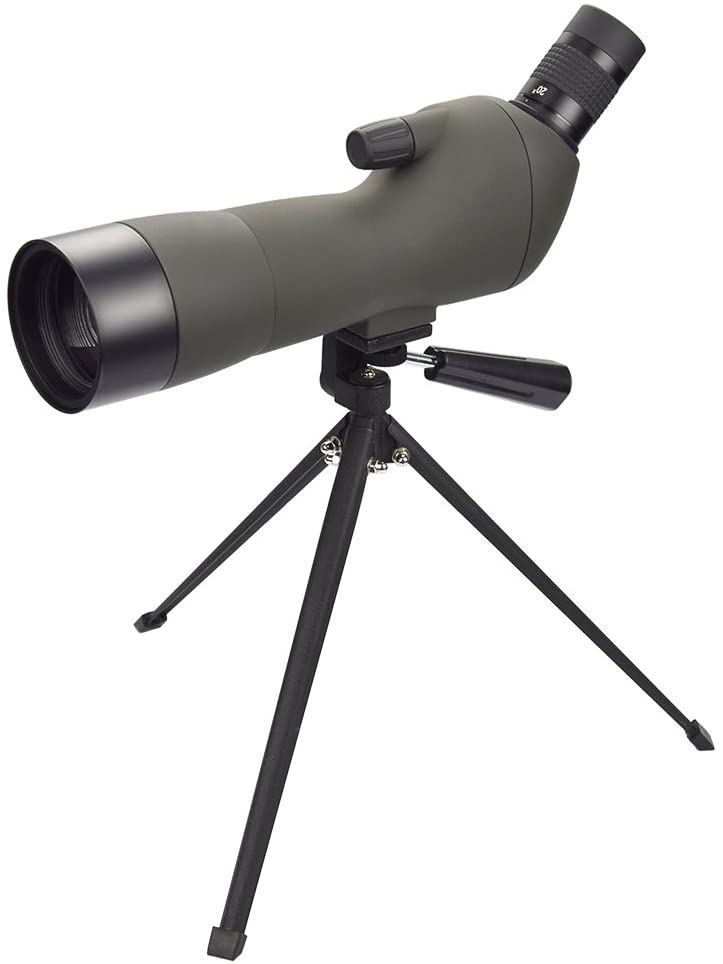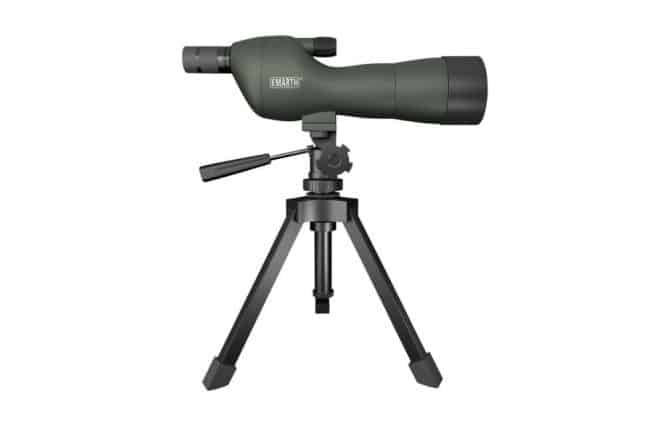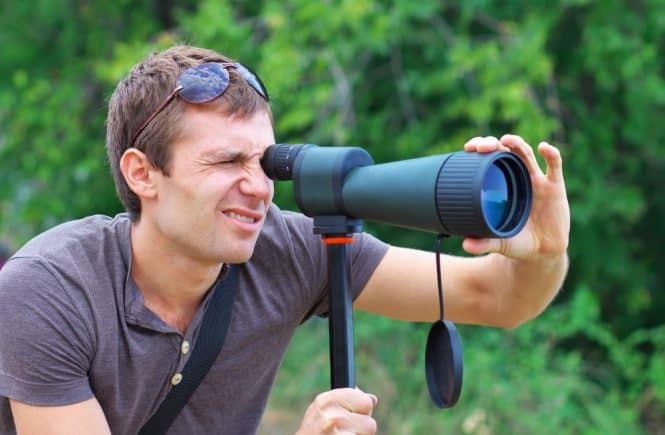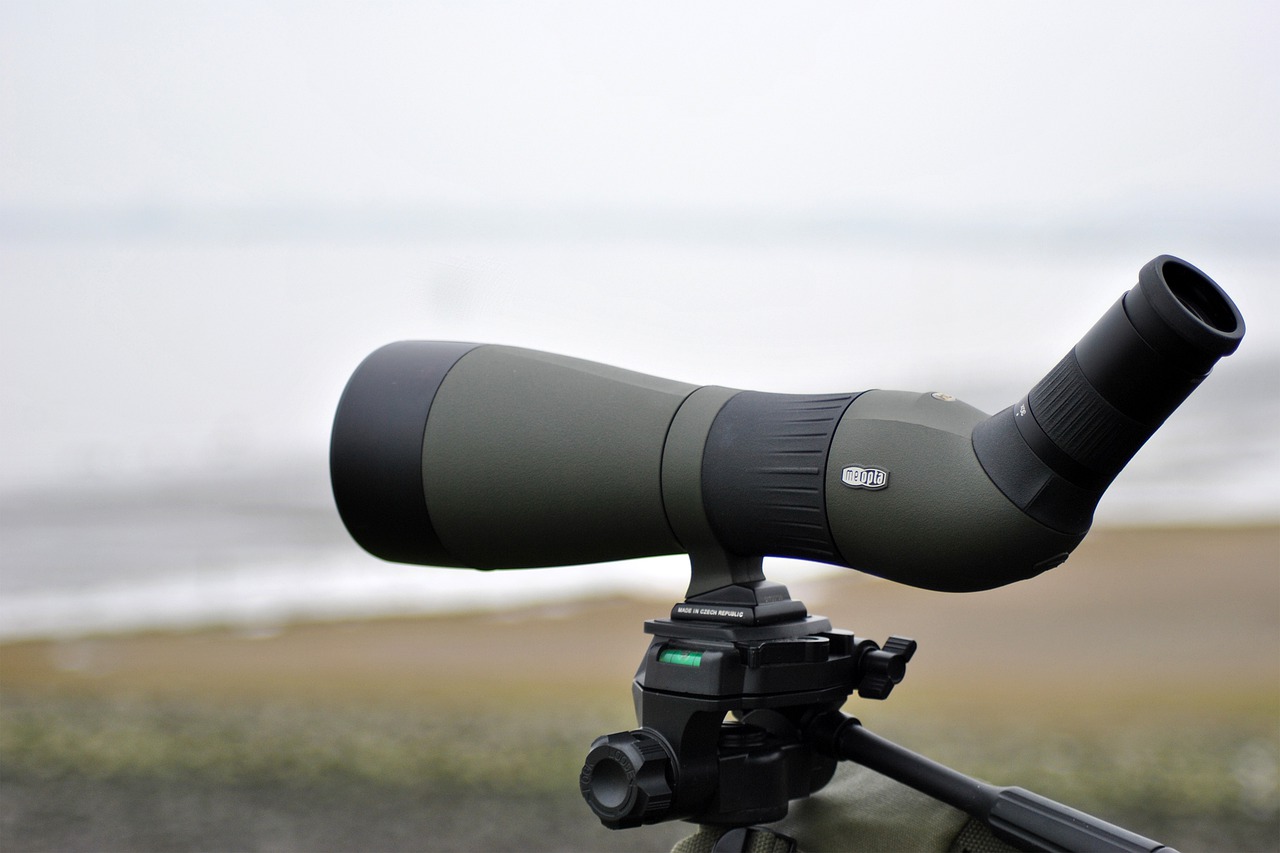
A&W Outlets
The Best Spotting Scope Reviews and Advice
Spotting Scope Comparison: Spotting the Differences and Similarities
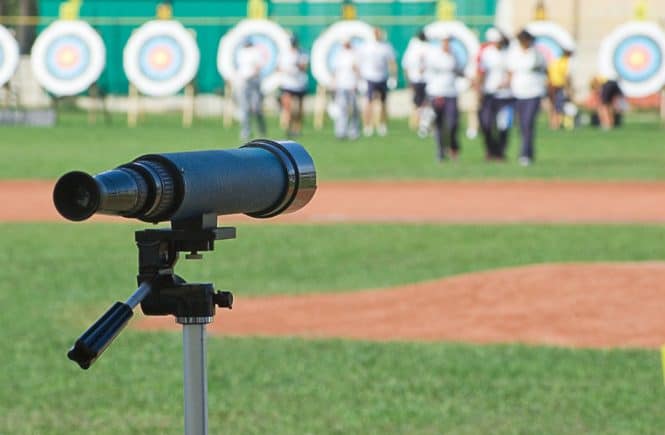
This site contains affiliate links to products. We may receive a commission for purchases made via these links.
Table of Contents
Introduction
One of the first things that a bird watching initiate would do is to get some literature about spotting scope comparison for a spotting scope is a great companion in every birding trip. This kind of telescope is much more suited for bird watching than binoculars and your usual telescope. If you use a vlogging camera you may want to check out these scopes below.
Benefits of Using a Spotting Scope
Bringing along an astronomy telescope or a pair of trusty binoculars on a bird watching trip is well and good, but there are many areas wherein a spotting scope proves to be the more suitable equipment for this kind of activity.
Versatile Mounting Tripod
Spotting scopes do not need any specialized mounting tripod. Spotting scopes allow you to use any photography tripod while telescopes require specially built tripods that are often unsuitable for outdoor use.
Lightweight
Binoculars are more portable and handier than either spotting scope or telescope, but the spotting scope is lighter than a telescope, which places itself in between the other two choices.
Sufficient Magnification
Telescopes have better magnification than both binoculars and spotting scopes. However, spotting scopes have more power than binoculars, and its magnification is enough for the distance between the birds and the birders.
Weatherproof
The lens of a spotting telescope is often housed in a waterproof and durable casing which lets you use it even while it’s raining. This is not something you are advised to do with astronomical telescopes as their lenses and bodies are not built for that kind of abuse.
Zoom Feature
The lens of an astronomical telescope would always produce a reversed image; sometimes it can even be upside down because of how the lens is built. On the other hand, spotting scopes produce the image as you see it, albeit much closer and more detailed.
Quality Image
Spotting scopes are designed to be attached to cameras, both DSLR and mobile phone kinds. This makes it much easier to capture and store images as compared to binoculars, and although some astronomy telescopes have mounts for cameras, it does not complement the image as much as a spotting scope does.
Spotting Scope Comparison
There are different ways to conduct a spotting scope comparison as there are many features that vary between each model of a spotting scope. Generally, though, spotting scopes can be differentiated by their sights and digiscope mounts.
Straight vs. Angled Spotting Scopes
Comfort
Angled spotting scopes are said to be easier on the neck than the straight ones although you may need to extend if the viewing angle is not right. It does have a clear advantage when scoping uphill rather than downhill.
Target Acquisition
Straight spotting scopes make for faster target acquisition as you can just point and shoot, while with angled spotting scopes you need to look at the target first, adjust and then look back down for calibration which can be tedious.
Storage
Angled spotting scopes can be hard to store inside full backpack because of its angular design while straight scopes can be inserted inside pockets and straps.
Mobility
Straight spotting scopes are easier to use inside a vehicle, with the window as a mount. Angled scopes require some adjustment on your part and can be tricky to get the right angle.
Balance
Angled scopes offer much better support for digiscoping set-ups as it does not cause the weight of the whole apparatus to become imbalanced, which is where straight spotting scopes fail. Think of a seesaw with a more significant weight on the other end.
Digiscope Mounts: DSLR vs. Mobile Phone
Mounting digital cameras unto a spotting scope is a simple thing to do, but it does come in two different kinds which have its set of advantages and disadvantages.
Real-Time Sharing
Mobile phone digiscope mounts are lighter, and it enables you to upload your pictures real time, whereas images were taken with a DSLR need to be processed and edited before being uploaded through social media.
Better Magnification
DSLR digiscope mounts allow you to capture more detail, and the different settings of the DSLR complement the optic features of the spotting scope. Mobile phones rely heavily on digital magnification which can result in fewer details and more distortion than you’d ever want.
Convenience
Mobile phone digiscopes let you bring less equipment in the field as you can just bring your phone and spotting scope. DSLR mounts would, of course, require you to bring along your DSLR and its accessories which can be another burden, especially if you are bird watching on your own.
Image Quality
DSLR cameras would always have the advantage of producing much better images than mobile phones, and it takes full advantage of the spotting scope, turning it into a huge photographic lens.
Spotting the Right Scope
There are many other features that you can look at when it comes to choosing the right spotting scope for you. You can look at the magnification range, the casing, and the adjustment knobs but all of these are things that you can find in any spotting camera, albeit with subtle differences.
Terrain Type
The best way to go about selecting the right spotting scope for you is to research the kind of terrain that you would be working with most of the time. Flat terrains are ideal for either angled or straight spotting scope. Downhill spots are suitable for a straight scope, and the angled spotting scope is for mostly uphill spots.
Comfort
The next thing to look at is the comfort you feel while using the spotting scope. Will the spotting scope hurt your neck as you spot your animal and will it cause eye strain from prolonged usage of the eyepiece? Most spotting scopes would have soft rubber eyepieces and easy-to-adjust magnification settings. Ideally, the weight should be just right, light enough to carry around but not too heavy to tire your arms as you point and shoot from your spot.
Sharing Capability
Lastly, how are you going to share your experience with everybody else? Are you going to blow them up and print for an exhibit? Or, are you going to edit and apply some filter before uploading it through social media sites?
Final Thoughts
Bird watching has seen a rapid rise of interest, especially to those who like traversing through marshlands and forested areas. These areas are teeming with wildlife, and there is always a good scoping spot for you to use your spotting scopes without coming close to our flying friends.
Latest Reviews
Latest Articles
© 2021 AW OUTLETS
